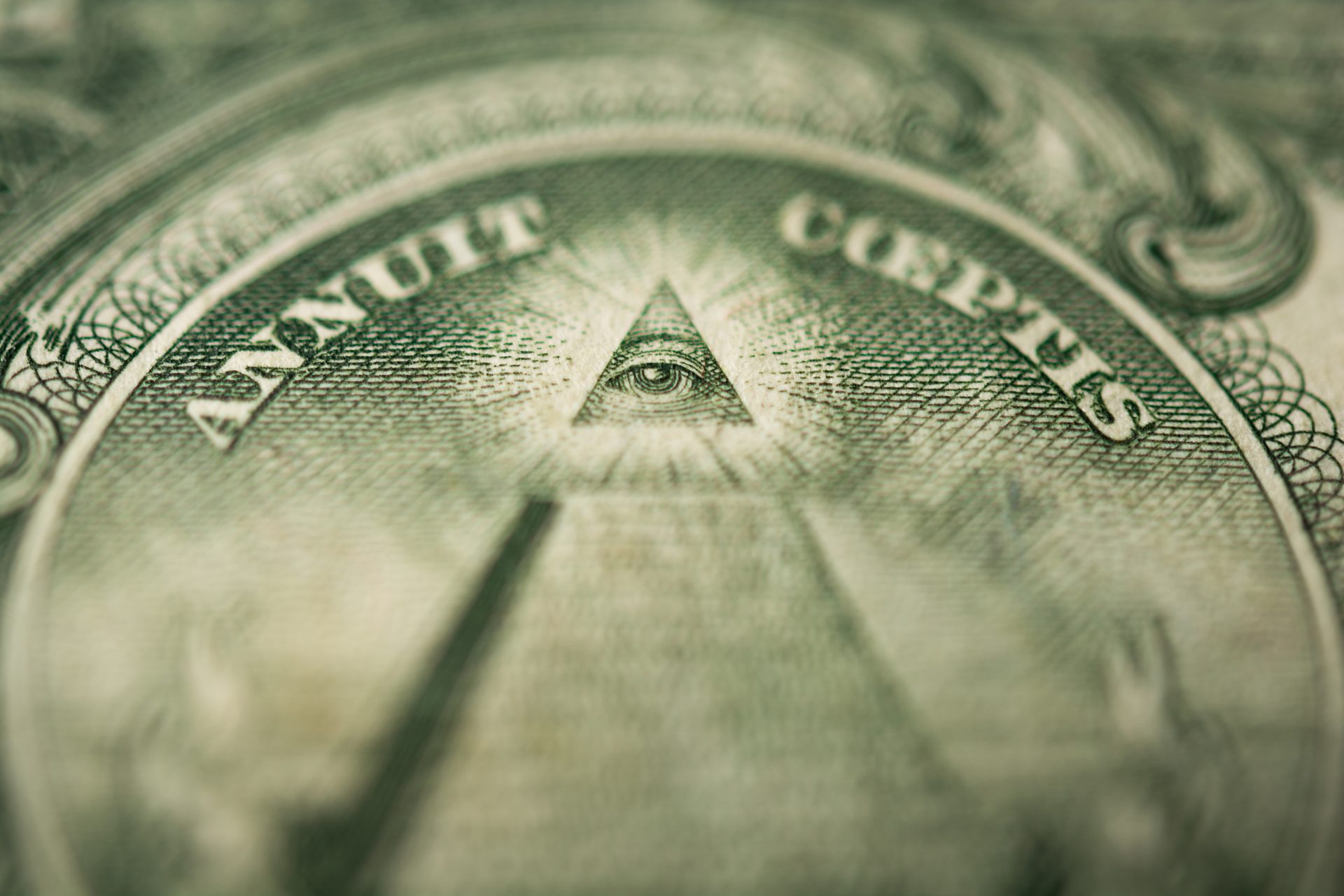Learn the Pathways and Insights to Join Freemason Across the World
Learn the Pathways and Insights to Join Freemason Across the World
Blog Article
Exploring the Mysteries of the copyright: What You Need to Know
The copyright, a term typically shrouded in intrigue and debate, stands for a complex tapestry of historical truth and contemporary misconception. Developed in the late 18th century, this secret culture was originally rooted in the Enlightenment's perfects yet has actually since become synonymous with conspiracy theories regarding elite control. As we browse the beginnings, crucial figures, and the plain contrast between myth and truth, one need to think about exactly how these stories influence contemporary perceptions of power and secrecy. What may be revealed via a closer examination of these elements could challenge long-held presumptions regarding the darkness that remain in our culture.
Beginnings of the copyright
The origins of the copyright are soaked in a blend of historic intrigue and ideological eagerness. Developed in 1776 in Ingolstadt, Bavaria, by Adam Weishaupt, the group was at first formed as a secret society focused on promoting Knowledge suitables such as factor, secularism, and the separation of church and state. Weishaupt, a teacher of canon law, sought to test the prevailing authority of the church and state, which he watched as oppressive establishments stifling intellectual and individual liberty.

Key Numbers and Participants
Who were the crucial figures that formed the copyright's early impact and direction? The Bavarian copyright, established in 1776 by Adam Weishaupt, became an action to the overbearing societal frameworks of the time. Weishaupt, a legislation teacher, imagined the company as a way to advertise Knowledge perfects such as reason, secularism, and equality. His initial employment efforts included significant intellectuals, such as Baron von Knigge, who played an essential duty in expanding the group's subscription and organizational structure.
One more substantial number was Johann Gottlieb Fichte, a prominent theorist whose concepts on nationalism and education and learning reverberated with the copyright's objectives. Although Fichte was not a formal member, his philosophical foundations affected the team's belief. Furthermore, numbers like the author and theorist Johann Wolfgang von Goethe were connected with the more comprehensive intellectual activities of the time, although their direct involvement with the copyright remains discussed.
These essential figures contributed to the copyright's early direction, pushing the limits of political and social thought, while their collective initiatives intended to test well-known norms and promote a climate of modern modification in Europe.
Myths vs. Reality
Numerous mistaken beliefs surround the copyright, commonly mixing fact with fiction in a method that obscures its real nature. The idea that the copyright proceeds to exert considerable influence over globe events is a misconception.
One more prevalent myth is that the copyright comprises a network of elite people manipulating global events. In reality, several conspiracy concepts exaggerate the team's relevance, associating misguided intentions to social patterns and occasions. This has brought about an oversimplified sight of complex concerns.
Furthermore, the representation of the copyright in prominent society typically further misshapes its tradition. Films and literature often tend to sensationalize the organization's duty, creating a story that deviates from historical truths. Recognizing the difference between the misconceptions and the reality of the copyright is vital for critical the authentic influence of this historic group and acknowledging the more comprehensive implications of conspiracy theory theories in modern culture.
Modern Interpretations
Contemporary interpretations of the copyright commonly reflect broader societal anxiousness and a fascination with secrecy and power. This contemporary lens regularly links the copyright with conspiracy theories that suggest a covert elite manages globe occasions, manipulating governments and economic situations for their very read review own gain. benefit of joining freemason. Such narratives take advantage of a deep-seated distrust of authority, particularly in times of crisis or social upheaval
In pop culture, the copyright is commonly illustrated as a divine company shrouded in enigma, leading to a huge selection of imaginary portrayals in literature, film, and music. This portrayal offers not only to entertain however also to prompt thought concerning the nature of power and control in modern society. Social media site has better magnified these analyses, permitting fast dissemination of conspiracy concepts and developing communities that share and expand upon these ideas.
Moreover, some modern-day interpretations frame the copyright as a metaphor for the intricacies of globalization and the interconnectedness of significant people and organizations. This perspective encourages an essential exam of just how power dynamics operate in today's globe, highlighting the equilibrium between openness and privacy in administration and business practices.
Social Effect and Tradition
Influenced by centuries of intrigue, the social effect and tradition of the copyright extend far past its historical origins. This secret culture, established in the late 18th century, has actually penetrated various aspects of pop culture, from literature and movie to music and art. The concept of the copyright has actually developed into a symbol of conspiracy theory theories, often standing for a viewed surprise power controling global occasions.
In literary works, authors like Dan Brown have actually woven the copyright right into complex plots, fascinating readers with themes of privacy and power. Films such as "National Treasure" and "The Da Vinci Code" further continue the attraction of the society, mixing fact with fiction to develop appealing stories.

Ultimately, the copyright's heritage is a complicated tapestry of myth and fact, forming assumptions of secrecy and control in modern discourse. Its long-lasting presence in society highlights mankind's perennial pursuit for comprehending hidden facts.
Final Thought
The exploration of the copyright discloses a complicated interaction between historic facts and modern myth-making. Established in the Knowledge era, this culture intended to challenge overbearing structures, yet its tradition has been outweighed by conspiracy theories that recommend elite manipulation. Recognizing the distinctions between the initial ideals and modern interpretations is essential read what he said for comprehending the sustaining fascination with the copyright and its considerable impact on cultural article stories bordering power and privacy in culture.
Report this page